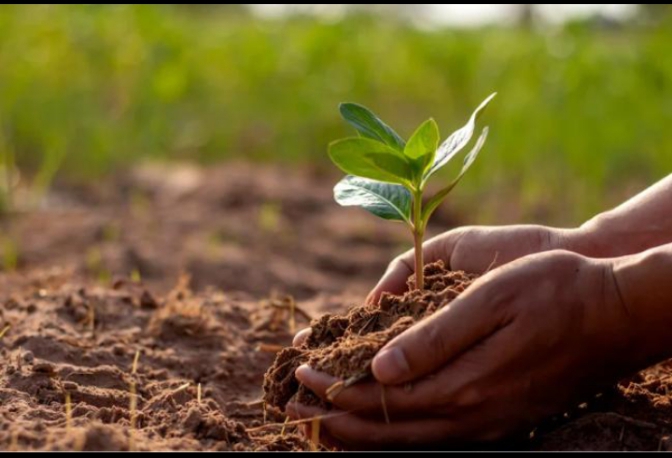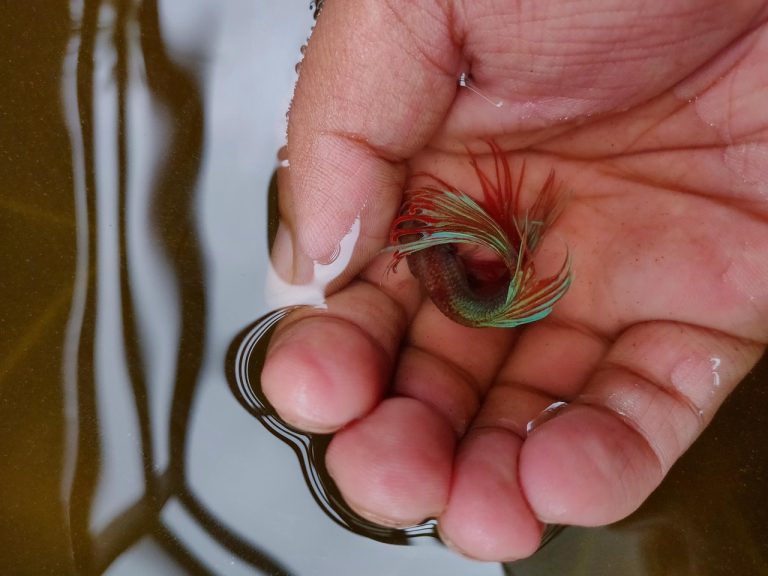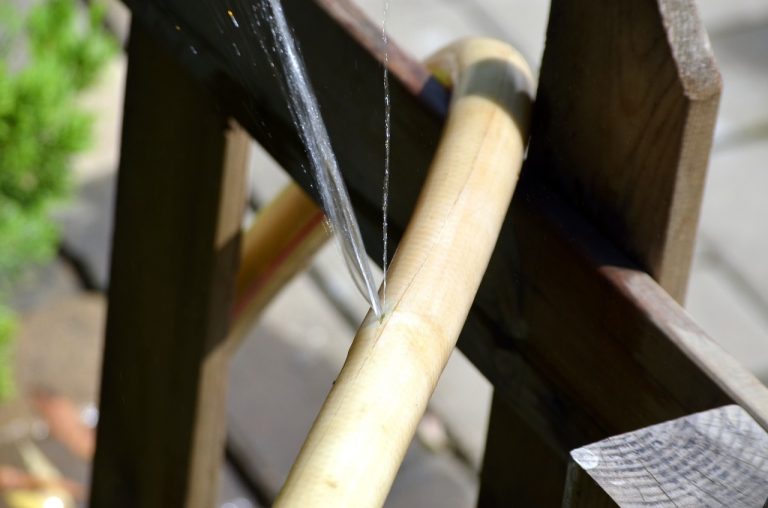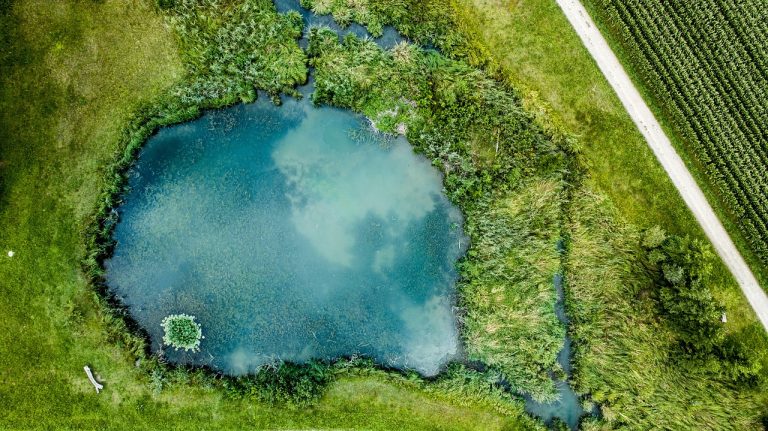DO YOU NEED TO OXYGENATE A WILDLIFE POND
Imagine a tranquil oasis nestled amidst the vibrant tapestry of nature, where dragonflies dance on shimmering surfaces and frogs serenade under moonlit skies. Such is the enchanting world of a wildlife pond, where every ripple tells a story of biodiversity and harmony.
Yet, amidst this idyllic scene, a crucial question arises: do we need to oxygenate a wildlife pond? Like guardians of an aquatic realm, we embark on a journey to explore the depths of this inquiry, unraveling the mysteries of oxygenation and its impact on the delicate balance of pond life. Join us as we delve into the heart of this captivating debate, where science meets the serenity of the wild, in our quest to unlock the secrets of the oxygenated pond.
DO YOU NEED TO OXYGENATE A WILDLIFE POND?
Oxygenation is essential for maintaining a healthy wildlife pond ecosystem. While some natural processes may provide oxygen, additional aeration methods can be beneficial, especially in ponds with dense vegetation or during hot weather. Oxygenation supports aquatic life, prevents stagnation, and enhances water quality.
THE IMPORTANCE OF OXYGENATION
Indeed, oxygenation is crucial for maintaining the health and vitality of aquatic ecosystems. Here’s why:
RESPIRATION
Just like terrestrial organisms, aquatic organisms require oxygen for respiration. Fish, insects, plants, and other aquatic life forms take in oxygen dissolved in the water to fuel their metabolic processes. Without enough oxygen, these organisms can suffocate, leading to stress, reduced growth, or even death.
NUTRIENT CYCLING
Oxygen plays a vital role in nutrient cycling within aquatic ecosystems. Microorganisms that decompose organic matter and recycle nutrients rely on oxygen to break down organic material. Insufficient oxygen levels can disrupt this process, leading to the accumulation of organic debris and nutrients, which can further deplete oxygen as they decompose, creating a vicious cycle known as eutrophication.
WATER QUALITY
Oxygen levels are a key indicator of water quality. Well-oxygenated water tends to be clearer, odor-free, and supportive of diverse aquatic life. In contrast, low oxygen levels can lead to the accumulation of pollutants, such as ammonia and hydrogen sulfide, which are harmful to aquatic organisms and can degrade water quality.
TEMPERATURE REGULATION
Oxygen solubility decreases as water temperature increases. Therefore, warmer water tends to hold less oxygen. Adequate oxygenation helps to mitigate the effects of temperature fluctuations by ensuring that sufficient oxygen is available for aquatic organisms, especially during warm summer months when oxygen demand is higher.
HABITAT PRESERVATION
Oxygen-rich habitats support a greater diversity of aquatic life. By maintaining healthy oxygen levels, we can help preserve natural habitats and promote biodiversity within aquatic ecosystems. This is particularly important in habitats such as ponds, lakes, and rivers, where various species rely on specific oxygen requirements for survival.
NATURAL PROCESSES VS. ARTIFICIAL OXYGENATION
Natural processes such as photosynthesis and water movement play crucial roles in maintaining oxygen levels in aquatic environments. However, in certain conditions like densely vegetated or shaded ponds, these natural processes may not be sufficient to ensure adequate oxygenation for aquatic life.
In such cases, artificial oxygenation methods such as aerators or fountains can provide valuable supplementation to oxygen levels. Aerators work by agitating the water’s surface, which promotes gas exchange between the water and the atmosphere, thus increasing oxygen levels. Similarly, fountains create splashing and turbulence, enhancing oxygenation through aeration.
These artificial oxygenation methods are particularly beneficial in scenarios where natural processes alone cannot meet the oxygen demands of aquatic organisms. By implementing aerators or fountains, pond owners and managers can help ensure optimal oxygen levels, thereby promoting the health and vitality of the aquatic ecosystem.
PREVENTING STAGNATION AND ALGAE GROWTH
Insufficient oxygen levels in ponds can result in stagnation, which is often accompanied by unpleasant odors, murky water, and excessive algae growth. This stagnant condition arises due to the lack of oxygen necessary to support healthy aquatic life and ecosystem processes.
One of the primary functions of proper oxygenation is to prevent stagnation by promoting water circulation. Oxygenation methods such as aerators or fountains create movement and turbulence on the water’s surface, facilitating the exchange of gases between the water and the atmosphere. This circulation helps distribute oxygen throughout the pond and prevents the buildup of stagnant areas where oxygen levels may become critically low.
Additionally, adequate oxygenation can help reduce nutrient buildup in the water. Nutrients like nitrogen and phosphorus, which are essential for plant growth, can contribute to excessive algae growth when present in abundance. By promoting water movement and circulation, oxygenation methods help disperse nutrients and inhibit their accumulation in localized areas, thereby limiting the conditions conducive to algae proliferation.
Overall, by preventing stagnation and controlling algae growth through proper oxygenation, pond managers can maintain water quality and create a healthier environment for aquatic life. This proactive approach not only enhances the aesthetics of the pond but also supports biodiversity and ecological balance within the ecosystem.
ENHANCING WATER QUALITY
Enhancing water quality is a critical aspect of pond management, and proper oxygenation plays a significant role in achieving this goal. Well-oxygenated ponds often display clearer water and better overall water quality compared to poorly oxygenated ones. There are several reasons why adequate oxygen levels contribute to enhanced water quality:
CLEARER WATER
Oxygenation promotes water circulation and movement, which helps prevent the stagnation of water. Stagnant water tends to accumulate sediment, debris, and other particles, leading to turbidity and cloudy water. By keeping the water in motion, oxygenation aids in the suspension and dispersal of these particles, resulting in clearer water.
BENEFICIAL BACTERIA ACTIVITY
Oxygen is essential for the growth and activity of beneficial bacteria in the pond. These bacteria play a crucial role in the decomposition of organic matter, such as leaves, dead plants, and fish waste. As they break down organic material, they help to recycle nutrients and maintain a balanced ecosystem. Without sufficient oxygen, the activity of these beneficial bacteria diminishes, leading to the accumulation of organic matter and deterioration of water quality.
REDUCTION OF WATERBORNE DISEASES
Oxygenation can help reduce the risk of waterborne diseases by creating an environment that is less favorable for pathogenic microorganisms. Adequate oxygen levels support a diverse community of beneficial organisms, including predatory microbes that can help control populations of disease-causing organisms. Furthermore, by promoting water movement and circulation, oxygenation can prevent the formation of stagnant areas where pathogens may proliferate.
Frequently Asked Questions (FAQ) about “Do You Need To Oxygenate a Wildlife Pond”
Why is oxygenation important for a wildlife pond?
Oxygenation is crucial for maintaining the health of the ecosystem within a wildlife pond. It ensures the survival of aquatic life by supporting respiration and various biological processes.
How do I know if my wildlife pond needs oxygenation?
Signs of poor oxygenation include fish gasping at the surface, foul odors, excessive algae growth, and dying aquatic plants. Regular monitoring of oxygen levels and observing wildlife behavior can help determine if oxygenation is necessary.
What methods can be used to oxygenate a wildlife pond?
Aeration pumps, fountains, waterfalls, and adding oxygenating plants are common methods. Each method has its advantages and suitability depending on the size and depth of the pond, as well as the specific needs of the wildlife.
How does aeration improve oxygen levels in a wildlife pond?
Aeration promotes oxygen transfer from the atmosphere to the water, increasing dissolved oxygen levels. It also helps in circulating water, preventing stagnation and promoting the breakdown of organic matter, which can consume oxygen.
Can adding plants help oxygenate a wildlife pond?
Yes, oxygenating plants such as waterweed, hornwort, and anacharis release oxygen during photosynthesis, thus contributing to oxygenation. They also provide habitat and food for wildlife.
Do I need to oxygenate my wildlife pond year-round?
Oxygenation needs may vary with seasonal changes. During warmer months or in ponds with high biological activity, oxygenation may be more critical. However, it’s advisable to maintain some level of oxygenation throughout the year to support the pond’s ecosystem.
Are there natural ways to improve oxygen levels in a wildlife pond?
Increasing surface agitation through strategically placed rocks or creating shallow areas can enhance oxygen exchange. Additionally, minimizing nutrient runoff and avoiding overstocking with fish can help maintain balanced oxygen levels naturally.
How often should I check the oxygen levels in my wildlife pond?
Regular monitoring, especially during hot weather or after significant changes in the pond’s environment, is recommended. Testing oxygen levels weekly or bi-weekly using a dissolved oxygen meter can help detect any fluctuations requiring intervention.
Can oxygenation equipment harm wildlife in the pond?
When properly sized and maintained, oxygenation equipment poses minimal risk to wildlife. However, it’s essential to choose equipment suitable for the pond’s size and inhabitants to prevent injury to aquatic organisms.
What other benefits does oxygenation provide besides supporting wildlife?
Apart from sustaining aquatic life, adequate oxygenation helps reduce nutrient buildup, control algae growth, and improve water clarity, contributing to an overall healthier and more balanced ecosystem within the wildlife pond.
CONCLUSION
The decision to oxygenate a wildlife pond depends on various factors, including the size of the pond, the types of wildlife inhabiting it, and the level of oxygenation naturally occurring. While oxygenation can be beneficial in certain circumstances, such as during periods of intense heat or when the pond is heavily stocked with fish, it may not always be necessary for maintaining a healthy ecosystem.
It’s essential to assess the specific needs of each pond individually and consider alternative methods, such as planting aquatic vegetation or creating sheltered areas, to promote oxygen levels and support wildlife. Ultimately, a balanced approach that considers the unique characteristics of the pond and its inhabitants is key to ensuring its long-term health and vitality.








